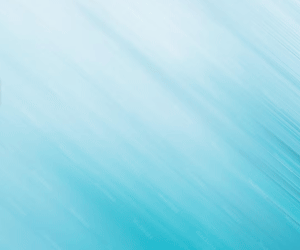daguerreotypy Synonyms
daguerreotypy Meaning
daguerreotypy (n.)
The art or process of producing pictures by method of Daguerre.
daguerreotypy Sentence Examples
- Daguerreotypy, the first widely available photographic process, offered a revolutionary way to capture fleeting moments.
- Despite its limitations, daguerreotypy produced incredibly detailed images, revealing the textures of clothing and the lines on a person's face.
- The long exposure times required for daguerreotypy meant capturing movement was nearly impossible, leading to a sense of stillness in the portraits.
- The rise of daguerreotypy created a new art form, with photographers experimenting with lighting and composition to create unique portraits.
- While daguerreotypy was initially expensive, studios offering the service soon popped up in major cities, making it more accessible to the public.
- Historians rely heavily on daguerreotypy to understand 19th-century life, as these images offer a window into fashion, architecture, and even social interactions of the era.
- Though superseded by faster and cheaper photographic methods, daguerreotypy remains a treasured art form for its unique aesthetic and historical significance.
- Museums often display collections of daguerreotypes, allowing visitors to marvel at the intricate details captured by this early photographic process.
- The study of daguerreotypy provides valuable insights into the history of photography, showcasing the evolution of technology and its impact on capturing memories.
- Modern photographers sometimes turn to daguerreotypy techniques to create a sense of nostalgia and a vintage feel in their work.
FAQs About the word daguerreotypy
The art or process of producing pictures by method of Daguerre.
photo,photograph,tintype, print, pic, monochrome, ferrotype, sepia, snapshot,enlargement
No antonyms found.
Daguerreotypy, the first widely available photographic process, offered a revolutionary way to capture fleeting moments.
Despite its limitations, daguerreotypy produced incredibly detailed images, revealing the textures of clothing and the lines on a person's face.
The long exposure times required for daguerreotypy meant capturing movement was nearly impossible, leading to a sense of stillness in the portraits.
The rise of daguerreotypy created a new art form, with photographers experimenting with lighting and composition to create unique portraits.


